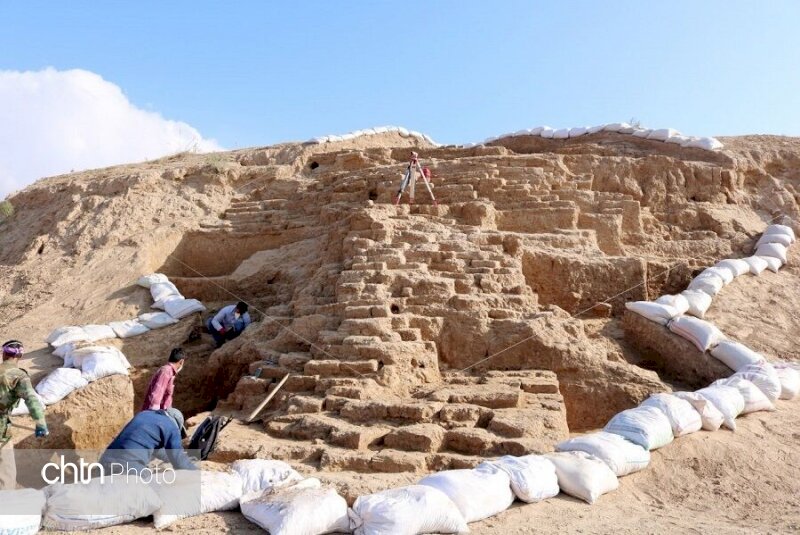Rivi archaeological site being prepared for tourist visits

TEHRAN – Local authorities have started developing tourist infrastructure and amenities at the archaeological site of Rivi in northwest Iran.
“Considering the importance and tourism potential of this historical site, we are trying to provide the necessary ground for attracting tourists and sustainable employment in the historical site of Rivi,” CHTN quoted Mohammad-Javad Jafari, the director of the historical site, as saying on Monday.
In 2019, a joint mission of Iranian and German archaeologists discovered historical clay stamps in the Rivi region, which are estimated to date from the Achaemenid and Parthian eras. The seals were found alongside clay urns in a large hall and the seals are imprinted in a variety of geometric patterns [depicting] plants, animals, and human figures.
Evidence suggests that residents of this area sealed the urns that were loaded with particular goods then tied them with ropes, according to archaeologists.
The Achaemenid Empire (550–330 BC) was the largest and most durable empire of its time, stretching from Ethiopia, through Egypt, to Greece, to Anatolia (modern Turkey), Central Asia, and to India. The Parthian Empire (247 BC – 224 CE), also known as the Arsacid Empire, was a major Iranian political and cultural power in ancient Iran. The Parthians largely adopted the art, architecture, religious beliefs, and royal insignia of their culturally heterogeneous empire, which encompassed Persian, Hellenistic, and regional cultures. At its height, the Parthian Empire stretched from the northern reaches of the Euphrates, in what is now central-eastern Turkey, to eastern Iran.
AFM
Leave a Comment